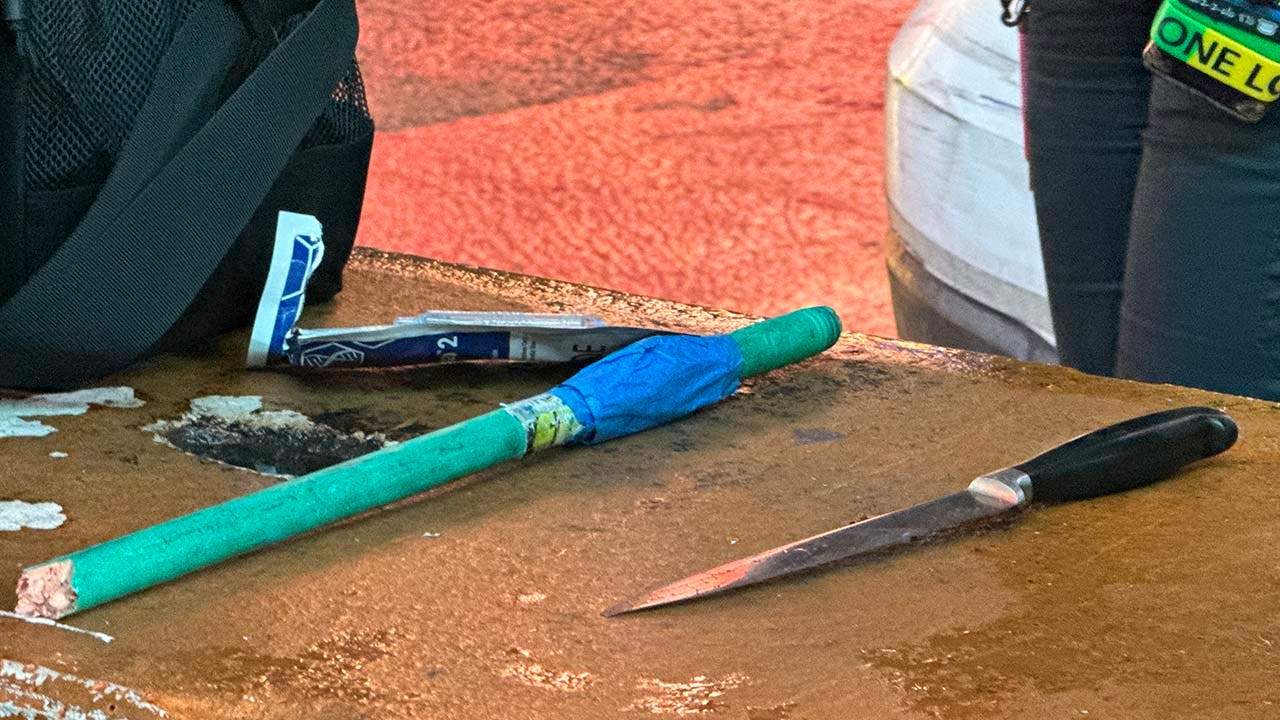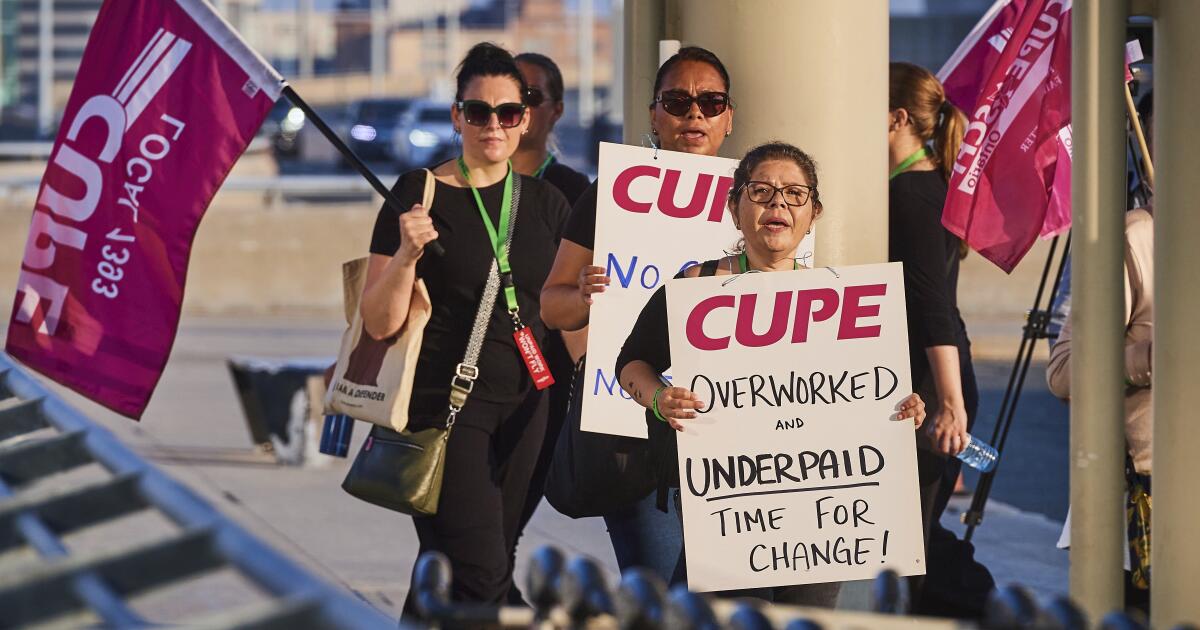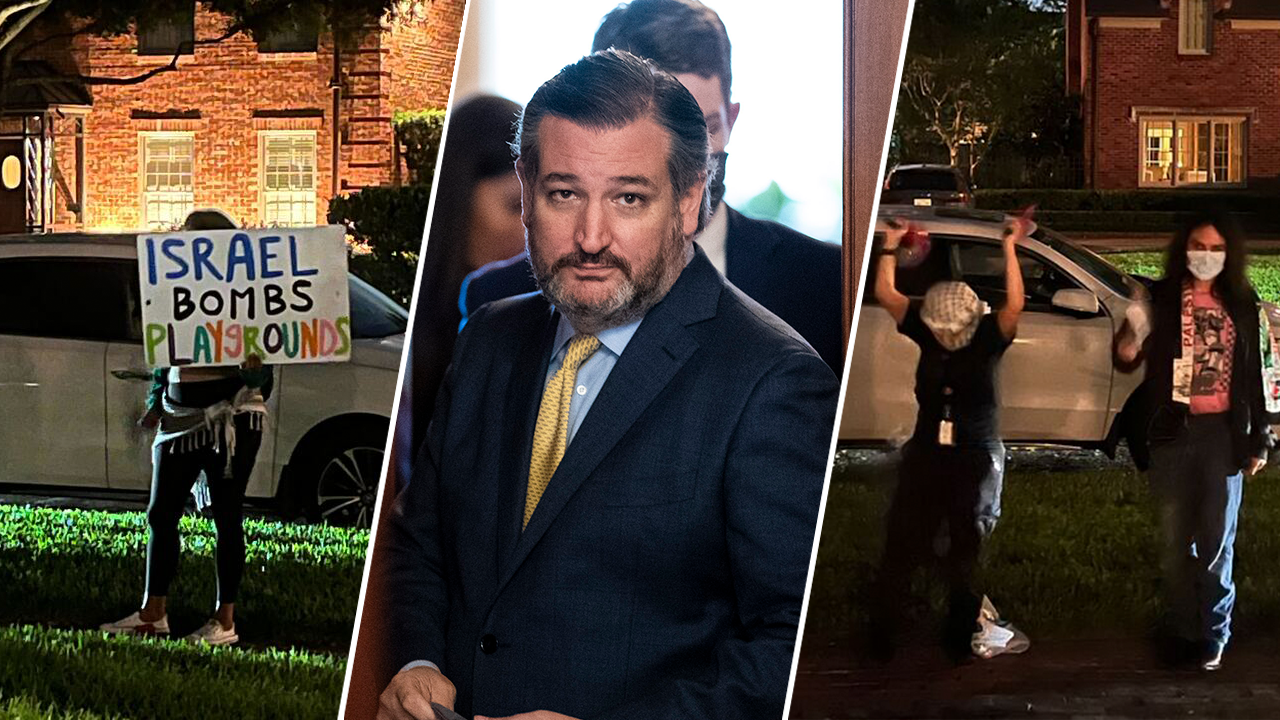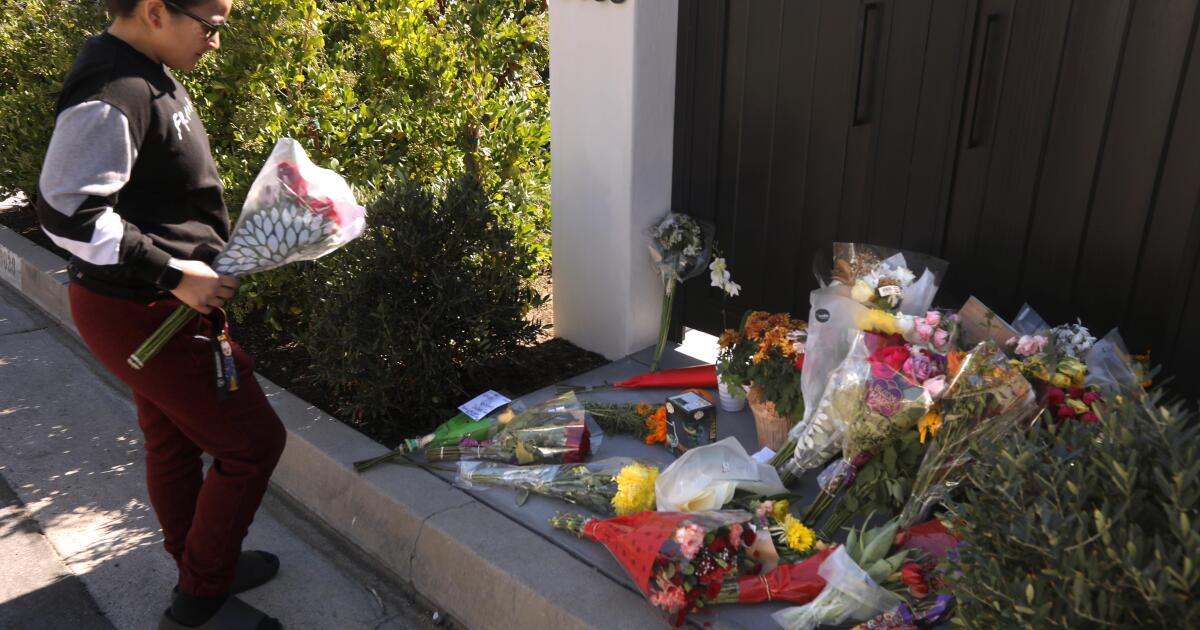The Metropolitan Transportation Authority is one step closer to determining the future route of the northern extension of the K Line, which is shaping up to be the most expensive rail line yet.
The subway line is estimated to cost between $11 billion and $15 billion and will connect two major east-west lines, potentially creating a direct route from LAX to some of the city's most famous sites. However, it is not expected to open for another 25 years.
The extension would run north from the Crenshaw District through Mid-Wilshire to Hollywood, with proposed routes connecting the D (Purple) Line at Expo/Crenshaw Station to the B (Red) Line at Hollywood/Highland Station with a possible terminus at the Hollywood Bowl.
This highly successful project promises to cut travel times in half. The drive from Los Angeles International Airport to Miracle Mile takes approximately 80 minutes. Extending the line would reduce travel time between the two locations to about 30 minutes.
The train ride from Hollywood to downtown Inglewood would take 35 minutes, compared to the current 75-minute car ride during rush hour.
Metro staff are looking at three major routes, each of which runs through some of the city's most congested areas. The routes were confirmed in the agency's report. Draft Environmental Impact Report RReport In July:
The shortest and fastest route is called La Brea and is a 6.2 mile line running roughly along Crenshaw Boulevard and La Brea AvenueThe line has six stations and is the easternmost. Passengers can expect a 12-minute ride from start to finish.
The second option is Fairfax, a 15-minute, 8-mile line that runs northwest from La Brea along San Vicente Boulevard to West Hollywood, then east along Santa Monica Boulevard. The seven-station line would connect to major destinations such as Miracle Mile, the Grove, the Original Farmers Market and Television City.
The longest route is the 9.7-mile San Vicente-Fairfax route, which veers further west to near the Beverly Hills border with nine new stations. The trip could take about 20 minutes.
KNE construction sections of the Los Angeles Metro.
(Los Angeles Metro)
The City of West Hollywood has been a proponent of the San Vicente-Fairfax option.
“The route would be [offer] “Improved mobility options to key healthcare and employment centers like Cedars-Sinai Medical Center and Pacific Design Center, as well as cultural and entertainment destinations like The Grove and the Hollywood Bowl,” said Mayor John Erickson.
Online reaction to the Metro draft environmental impact report echoes the agency's dilemma: choosing between speed and convenience, or creating a local circulator to densely populated neighborhoods.
Ethan Elkind, director of the climate program at the Center for Law, Energy and the Environment at the University of California, Berkeley School of Law, says Metro should cater to regional riders.
“I think it will come down to looking at current passenger trends, but also development patterns,” said Elkind, author of A History of the Modern Los Angeles Metro Rail System“In my opinion, we should go where there are more passengers, where we can serve the largest number of people.”
According to Metro, more than 110 million trips were made on the mainline rail lines (B (red), D (purple), E (exhibition) and C (green)) in 2019. An estimated 277 million passengers rode the agency's bus routes that year.
The K Line extension is projected to serve more than 85,000 passengers daily, providing a route from the South Bay/LAX area to lines extending into the San Fernando Valley, which awaits its own The light rail project will begin construction this year.
The key question is whether the project would get enough people to stop using their cars to reduce traffic. Elkind said that's highly unlikely.
“These projects don’t reduce traffic, even though they attract passengers who were previously car drivers,” he said. “There’s this concept of induced demand, where if you reduce traffic on the roads, you encourage people to drive more.”
A Urban mobility report A Texas A&M Transportation Institute study found that in 2022, the average car commuter in Los Angeles experienced 122 hours of delays that cost them $3,214.
Elkind suggests the city implement a congestion pricing system, in which road access is priced at key times to discourage excessive travel on busy roads.
A report from the Mineta Transport Institute In San José State, a toll was considered as a way to ease traffic congestion, but it was found that it would not induce travelers to reschedule their trips.
“Conventional tolling would be either ineffective or too harsh on travelers, and high tolling could face significant political resistance,” the report said.
The subway is currently located Exploring locations for congestion pricing generate revenue for the agency's transportation projects and help reduce traffic.
Downtown Los Angeles, the San Fernando Valley and the western United States are candidates for this pilot program that will begin in 2028.
The extension project would reach neighborhoods with approximately 324,000 Los Angeles residents, potentially boosting pedestrian traffic and economic growth in areas with low employment densities.
“I think the real benefit of this type of project is that it allows you to get around the city more quickly, which opens up more transportation opportunities for people and increases ridership, and it accommodates new growth, new population growth, new economic growth and new development,” Elkind said.
Underground boarding platforms could accommodate trains with up to three cars. Most stations will allow trains to change tracks for greater operational flexibility.
Construction is expected to begin in 2041 and be completed in 2049.
West Hollywood, the City of Los Angeles and Metro’s Early Project Delivery initiative are exploring efforts to accelerate the construction phase, which seeks to find which transit projects could be completed faster than scheduled, without delaying other projects.
The project comes after the first section of the K line, which began construction in 2014, was delayed for three years due to a series of problems during construction. The project ran $90 million over budget.
The Metro Board will receive a final decision on all three alignments after its public comment period. The next in-person meeting will be Saturday at Dorsey Middle School in the Crenshaw area. The public comment period will last through Sept. 5.
“This would be a win, not just for the people of West Hollywood, but for people across the metropolitan region who want to use the subway,” said Mayor Erickson.
Times staff writer Rachel Uranga contributed to this report.












